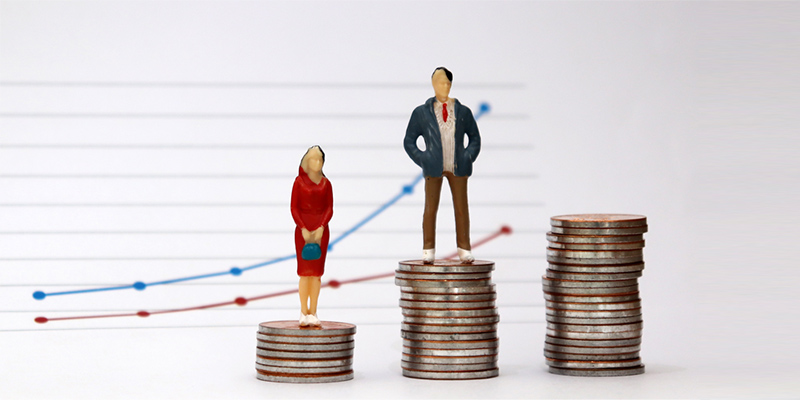Women executives need to work an extra 64 days a year to catch up to men
By Annabel Mansfield
 BUSINESS AND LAW
BUSINESS AND LAWWhile the principle of “equal pay for equal work” was legalised decades ago, a UniSA gender diversity expert says women executives are still struggling to achieve this right, despite working their way to the top of the business echelon.
Dr Jill Gould, a researcher with the UniSA’s Centre for Workplace Excellence says executive women need to work an additional 64 days a year just to catch up to the pay structures of their male colleagues, highlighting the persistence of unequal pay.
The pay gap is above and beyond the pay gap of 59 days a year experienced by non-executive women compared to their male counterparts.
“The gender pay gap is an issue that’s been battled for 50 years, ever since Australian women first won the right to be paid the same as men doing the same, or comparable work,” Dr Gould says.
“Women today still experience a national gender pay gap of 14.0 per cent – that’s $241.50 per week – but surprisingly, executive women feel this more acutely via a 15.1 per cent gap.
“This is ironic, especially given the gender diversity targets recommended by the Australian Securities Exchange (ASX) to improve female representation on boards and at executive levels. It’s almost as if we’ve we’re working towards closing the gap in women’s representation, but at the expense of equitable pay.”
The gender pay gap is a measure of the difference between the average earnings of women and men in the entire Australian workforce. Commonly misunderstood to be two people being paid differently for the same work or work of the same value, it is a symbol of women’s position in the workforce in comparison to men, and reflects the different social and economic factors that impact upon how women and men live their lives.
Assessing three years of data from the largest 500 organisations listed on the ASX, a study by Dr Gould and colleagues, Dr Yoshio Yanadori and Professor Carol T. Kulik, found that female executives’ total pay is only 84.9 per cent of that of their male counterparts’ – representing a pay gap of 15.1 per cent.
“You’d expect women with in senior executive and board positions on ASX listed organisations to be paid their worth – and paid equally in line with the Workplace Gender Equality Act – but incredibly, there are still disturbing disparities,” Dr Gould says.
“Many organisations genuinely believe that they have no gender pay gap. Yet, these same organisations are surprised when a gap is revealed by a pay audit.
“In Australia this gap is slowly improving, but more clearly needs to be done and there are simple steps that businesses can do to make a difference. The starting point is taking that first step.”
The national gender pay gap is 14 per cent for full-time employees, a difference of $241.50 per week. This is a fall of 0.6 percentage points over the last 12 months, calculated on the latest Average Weekly Earnings data released by the Australian Bureau of Statistics (Workplace Gender Equality Agency).
Women’s weekly earnings on average are $1484.80 compared to men’s weekly average earnings of $1726.30 calculated on the latest Average Weekly Earnings data released by the Australian Bureau of Statistics (Workplace Gender Equality Agency).
As at 30 June 2019, the latest percentage of women on ASX 200 boards was 29.7 per cent (Australian Institute of Company Directors).
Other Stories
- BOSS result for UniSA's MBA
- Super-powered immune cells – leading the next cancer breakthrough
- It’s time to end Australia’s culture of workplace bullying
- Personal approach to mental health wins Three Minute Thesis final
- From the Vice Chancellor
- Achievements and Announcements
- Research breakthrough to safely monitor pre-term babies
- $3.9m for research into chronic pain, prenatal genetic testing and heart health
- UniSA opens free tax clinic
- Depression breakthrough: ‘Black Dog’ blamed for major diseases
- Women executives need to work an extra 64 days a year to catch up to men
- UniSA to offer Speech Pathology in 2020
- What works in the workplace?
- UniSA collaboration for a double-barrelled PhD to advance industry expertise in human factors and engineering
- Australians not ‘walking the talk’ when it comes to the environment
- The latest books from UniSA researchers
- Sleeping rough, Ben Folds and social activism




